

Never in my time as a crime reporter have detectives in a high-profile case ever laid bare their entire investigation to the media. There have been so many fascinating cases in Australia where the only divulging of police work happens inside the courtroom, incidentally, not deliberately.
The nationwide manhunt for Canadian teens Kam Mcleod and Bryer Schmegelsky was different.
In what Canadian authorities conceded was an unusual move, they invited journalists to what was effectively a lock-up at their British Columbia headquarters.
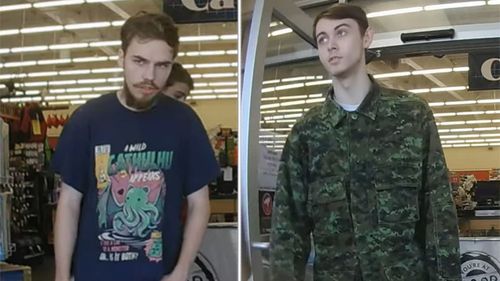
No cameras were allowed inside the room and we weren't allowed to tweet/publish anything as they explained the investigation from beginning to end.
On Monday July 15 at 7:19am, the bodies of Sydney man Lucas Fowler and his American girlfriend Chynna Deese were found lying in a ditch near Lucas' van, which was pulled over on the Alaska Highway.
The back window was shot out and a pathologist later confirmed the couple each suffered multiple gunshot wounds.
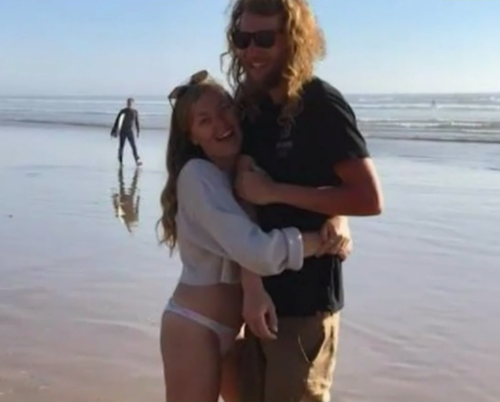
According to the police report, '…the shooter(s) stood behind the victims for at least some of the shots'. Police later found unspent and spent casings with head stamp "101 and 75", which identifies both the ammunition's year of manufacture and the factory where it was produced.
The night before their bodies were found, we know Lucas' van had broken down – at 6:30pm, Fowler and his girlfriend told a passer-by they were going to call a tow truck. The last time the couple was known to be alive was 10:40pm that night when a woman drove past and saw a man speaking with the couple. At that time, the van's back window wasn't damaged.
Investigators revealed that to this day, they still don't know who that man is.

Exactly four days later, July 19 at 7:19am, police are called to a pick-up truck on fire on the same stretch of highway but some several hours' drive away. A couple of kilometres away from the fire, Vancouver professor and father of two Leonard Dyck lies dead with head and body injuries, bruises, burns and a single gunshot wound. Police didn't go into any more detail about his injuries, they said, out of respect for Dyck's family.
So at this point, British Columbia detectives are dealing with two crime scenes 546 kilometres apart and the respective investigators start sharing information. They also know at this point that the burnt pick-up truck is registered to 19 year old Kam Mcleod, and after speaking to family, learn he and friend 18 year old Bryer Schmegelsky had been travelling up to the Yukon looking for work.
Interestingly, the boys told their families they were having "vehicle troubles". Police checks on the pair indicated neither had criminal records – at this point investigators think they're either missing or '…possibly further victims'.
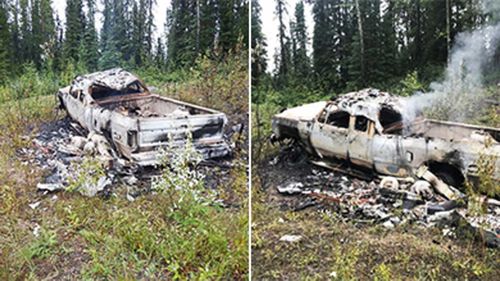
The day after Dyck's body is found, police find a spent casing 'pressed into the ground' nearby which is later revealed as having the same head stamp as those found near Lucas and Chynna's bodies – '101 and 75'.
So now there's a direct link between the two crime scenes. And now the police investigation gets interesting.
The day before Dyck's body is discovered, police now know Bryer and Kam went to a petrol station. They buy donut packages, a chocolate bar and two pairs of gloves.
Three days after Dyck's body is found, police confirm Kam and Bryer are alive when they get CCTV photos showing the pair driving a grey Toyota RAV 4. It places them at a petrol station in Meadow Lake, Saskatchewan – two provinces east from where Kam's truck was found burnt. Around the same time, police receive critical information. According to the report, '…primary investigators became aware of a witness who came forward…the witness knew Mcleod and Schmegelsky and believed the boys may have been involved in the murders.'
The next day, July 23, investigators are searching Kam's burnt truck. The police report states '…multiple burnt ammunition rounds with head stamp "101 and 75" were seized from the truck…Police also seized a gas nozzle from a jerry can near the burnt truck.'
At this point, Dyck's wife has told investigators that her husband often slept in his car during long journeys.
He drives a silver Toyota RAV 4.
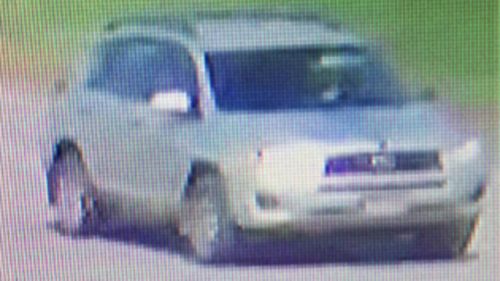
That's when this investigation shifts significantly. Teenage friends Kam and Bryer don't appear to be missing or dead, they appear to be triple killers.
Police have got matching head stamps on ammunition, the pair in a car matching that of the dead Professor and a witness who says they may be murderers.
Once the boys went from missing persons to suspects, detectives searched both their homes but didn't find anything to indicate there was pre-planning, nor did they find any weapons or ammunition.
We now know the boys bought an SKS semi-automatic rifle legally on the same day they set off from home in Port Alberni, British Columbia. Kam had a Possession and Acquisition License.

But the killers were armed with two guns during their crime spree. Police said 'The second is an older style SKS with numerous serial numbers indicating parts from different weapons were put together over the years. Investigators were unable to identify where this older SKS weapon or parts originated from.'

1.5 hours before Lucas and Chynna were offered help on the highway next to their broken down van, Kam and Bryer were at a petrol station in Fort Nelson, 1900 kilometres north of their home town. They bought food, a cowboy hat and petrol.
Then, just hours before a passer-by found Lucas and Chynna's bodies, Kam and Bryer were captured on camera at the Liard Hot Springs Lodge driving north along the Alaska Highway. I went to this Lodge and spoke with staff – they told me police looked at their footage and didn't find anything of interest. Either she didn't want to tell me the truth or the police who collected the footage didn't want to share its significance with her at the time.
By the time a crime scene has been set up around the Australian and his partner's dead body, Kam and Bryer were long gone. By 4pm that day, police discover the pair made it to Whitehorse, a 7 hour drive away. There, they buy a 20 litre jerry can.
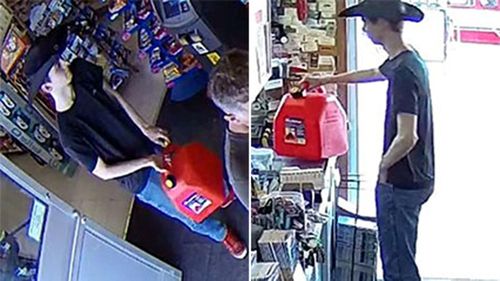
After Lucas and Chynna were gunned down, we've learned another innocent man came frighteningly close to suffering the same fate. This witness account may be one of – if not the – best indicator of how these killers were choosing their victims and their modus operandi.
According to the police report, this witness pulled over to the side of the Alaska Highway to take a nap. What happens next is chilling:
"Within 5 minutes of being parked, a truck with camper drove past him and stopped about 50 yards ahead. An unknown male got out of the passenger side of the truck holding a long gun. The male walked towards the tree line and started moving towards the witness in a tactical or hunting stance. The truck also started driving slowly towards the witness. The witness drove away from the armed male and drove past the truck. The driver covered his face with his hand and the witness was not able to see the driver's face."
This driver – who's potentially incredibly lucky to be alive – didn't report the incident to police until four days later.
The boys used tactics to evade police similar to that of the Stoccos – once Australia's most wanted men.
While police were processing the crime scene around their third victim's body, Kam and Bryer were buying a crow bar and electrical tape. Police later obtained CCTV footage showing the suspects in Dyck's RAV 4 after they'd used the black tape to create racing stripes on the hood and spare tire. This was their attempt to change the look of their getaway car. Once they'd made it to the province of Manitoba, the boys went to McDonald's where CCTV cameras again captured the RAV4 with the same stripes.

When Leonard Dyck's vehicle was found burnt out on the other side of the country, this nationwide manhunt swooped on a tiny town of 1200 people called Gillam.
As specialist resources swarmed the town and its surroundings, it turns out police kept quiet about what they were finding, until now: '…police located several items belonging to the suspects in the Sundance area, including hundreds of rounds of ammunition from a number of scenes.'
We know they found Kam's backpack with a box of ammunition inside, his wallet and clothes. Police also eventually found Dyck's dumped toiletry bag. During our session with the primary investigator, he tells us 'the theory is as they're moving through the bush, they're dumping weight.'
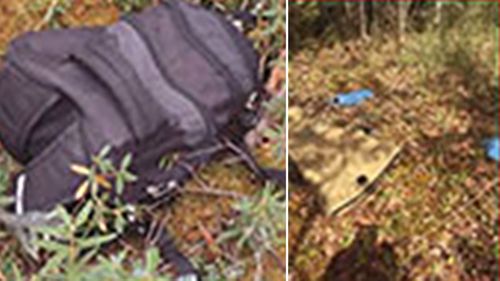
More than three weeks would pass before police found triple killers Kam and Bryer dead. They were about eight kilometres from Leonard's burnt car. Nearby, police found two SKS semi-automatic rifles.
It was here that police found haunting evidence of the pair's final days on a digital camera which belonged to Dyck.

The teens had recorded six videos and taken three photos. The videos vary in length and message – they claim responsibility for the three murders and state their intentions to 'march to Hudson Bay where they planned to highjack a boat and go to Europe or Africa'.
In another clip, Schmegelsky speaks to the camera saying they've reached the Nelson River and that the waters are rough and fast, so they may kill themselves. A shorter video shows the boys have shaved 'in preparation for their own death'.
That video becomes frightening when they say they '…now plan to go back to kill more people and expect to be dead in a week.'

Kam and Bryer describe one video as 'their last will and testament' and say they want to be cremated.
Police described their demeanours in the videos as 'cold, matter of fact, their attitude frankly from my observations was not consistent with someone who's responsible for the type of violent offences they took responsibility for.'
The photos include one of Bryer posing with one of the semi-automatic rifles and a selfie Kam captured.

Police chose not to release the videos or photos due to concerns of creating notoriety and inciting copycat behaviour. But the most disappointing part about these recordings is the fact that police say they don't provide any insight into the motive behind these random killings.
The investigation determined both suspects died in a suicide pact whereby Kam shot Bryer before turning the gun on himself.
There were so many unanswered questions in this case.
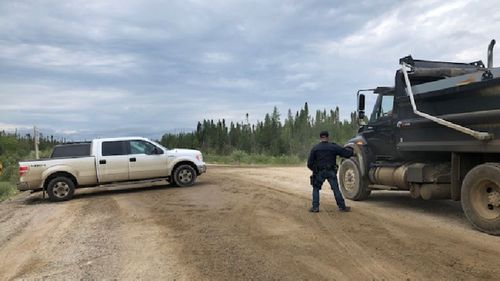
One thing I always wondered was what efforts police made to track the boys via their mobile phones. Police say they reached out to their mobile phone providers back when they thought they may be victims. The investigator says 'We know that the last time Kam's phone is active is on the 17th July and Bryer's is before that. We were consistently checking throughout the investigation to see if phones were on in an effort to track them – they were never turned on.'
In the days after the three victims' bodies were found, police discovered Kam's damaged SIM card. Police admit they still don't know what happened to the boys' mobile phones.
Another question a lot of people had was whether one of the two boys was the ringleader, and the other was just following along. Investigators don't agree with this theory, saying they do not believe there was a definite leader between the two of them – describing their offending as a 'partnership'.
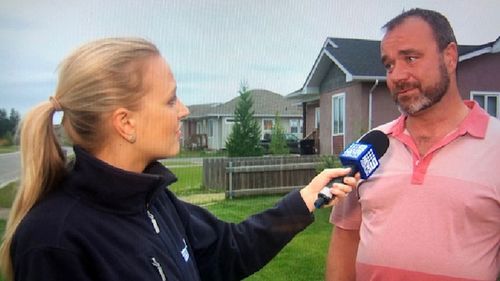
In the police report's conclusion, they highlight investigators received over 1500 tip-offs and looked at thousands of hours of CCTV footage over the course of their hunt.
Sadly, it wasn't enough for police to find them in time, alive. If this had ended differently, we may have got an answer to the biggest question of all – why?
Now, there's next to no chance we'll ever find out.









 Add Category
Add Category